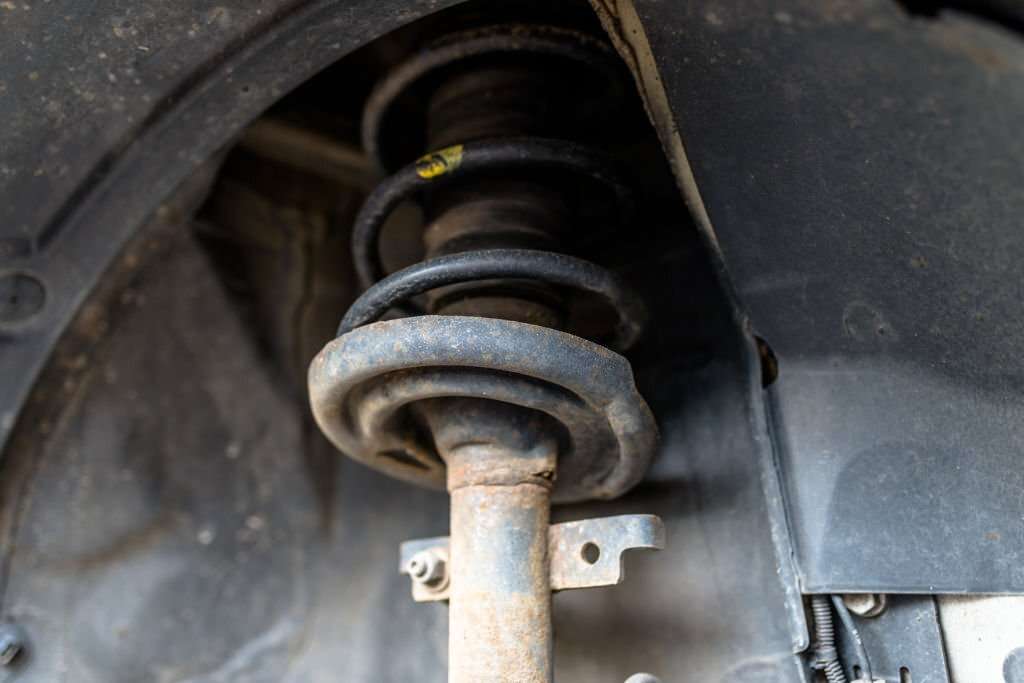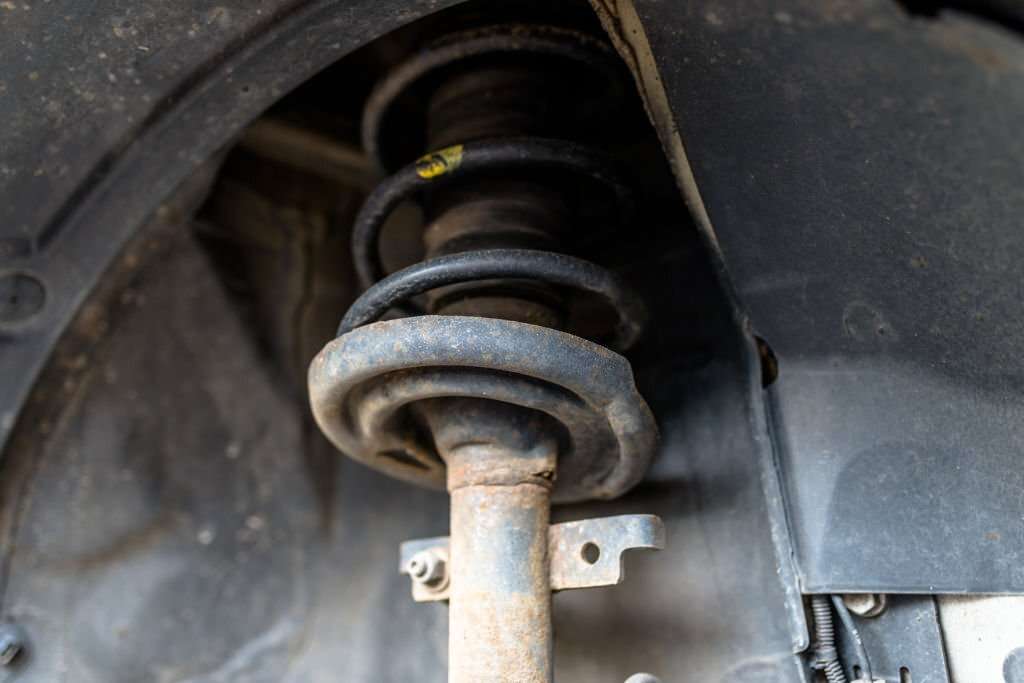We get asked this question a lot. With so much misinformation out there, it can be difficult to find the answer you’re looking for. In this article, we’ll cover everything you need to know about putting lowering springs on stock shocks.
Yes, you can put lowering springs on stock shocks. Lowering springs are designed to work with the stock shocks in your car, and they will help you lower your vehicle. Lowering springs are a simple way to lower the stance of your vehicle and add some additional performance.
The most important thing to remember is that suspension is a system and all parts of the system must be compatible. So if you’re going to lower your vehicle you’re going to need to invest in a set of lowering springs that are matched to your vehicle’s shocks and struts.
Jump to
What are stock shocks?
Stock shocks are the shock absorbers that come with your car. They are designed to handle the suspension duties of your vehicle. They are usually the part of the suspension system that has the most wear and tear, so you’ll want to make sure you’re using the right ones.
A car shock absorber dampens the movement of a vehicle. A stock shock is an air shock that you can use to adjust the height of your car.
For example, if you want to be able to park your car in the garage and still have enough room to open the door, you can lower it by adding a stock shock. Also, they are the shock absorbers on your car that help to reduce bouncing when you go over bumps in the road.
How do lowering springs work?
Lowering springs is a great way to improve the handling and aesthetics of your car. Not only will you look better than all of your friends, but lowering springs can actually improve the handling of your car by reducing the amount of body roll when you’re cornering or going over bumps.
Lowering springs work by increasing the compression of the spring. This means that the springs are compressed a little more than they would be if you were using the stock shocks.
When you lower your car, you’re increasing the amount of time that the spring is compressed. This means that you’re going to have to add more air to the spring, which in turn means you’re going to have to add more air to your shocks.
Lowering springs is a popular modification to use on cars. It decreases the amount of space between the axle and the chassis of the car. This decreases the car’s center of gravity, which improves its handling and makes the car look lower and more aggressive.
How do you put lowering springs on stock shocks?
The most common way to put lowering springs on stock shocks is to install a set of coil-overs. Coilovers are what is known as a double-adjustable suspension system, which means that you can adjust the height of the car as well as the stiffness of the shock/spring by adjusting separate compression and rebound settings.
Replacing your stock shocks with lowering springs can be a great way to improve your car’s handling. It’s a simple process that only takes about 30 minutes, so why not give it a try? Let’s find out how:
Step 1: Remove the Old Shocks.
Step 2: Remove the springs.
Step 3: Install the New Shocks.
Step 4: Reinstall the springs.
Step 5: Decide What Type of Springs You Need
Step 6: Consider the weight of the car.
Step 7: Choose a Good Brand and Model.
Step 8: Install the springs.
Step 9: Measure the Suspension Height
Step 10: Tune the suspension.
Step 11: Check the suspension.
Step 12: Adjust the Height of the Car.
Step 13: Test the car.
Step 14: Enjoy Your New Ride!
What are the pros of putting lowering springs on stock shocks?

The biggest benefit of putting lowering springs on stock shocks is that you can adjust the spring rate to a softer setting. This makes the car easier to drive on a daily basis and in poor road conditions because you won’t have to worry about bottoming out.
There are the following pros of putting lowering springs on stock shocks:
- It’s a cheap and easy way to improve your car’s handling, especially if you’re driving a front-wheel-drive car.
- It is easier to put lowering springs on stock shocks than it is to put coil overs on them.
- It is a lot easier to install and maintain stock shocks than it is to install and maintain coil-overs.
- Putting lowering springs on stock shocks makes your car look lower and more aggressive.
- This is a great way to increase the amount of grip your tires have.
What are the cons of putting lowering springs on stock shocks?
On the other hand, here are the cons of putting lowering springs on stock shocks:
- The springs will have to be changed out more often.
- The springs will wear out quicker than the stock springs.
- You’ll have to replace the shocks more often than you would if you were using coil-overs.
- Lowering springs is a great way to improve the handling of your car, but they are not as strong as coil-overs.
- You won’t be able to adjust the compression and rebound settings on the stock shocks as you can with coil-overs.
- It can make your car very heavy, which means you’re going to have to put more gas in your car to drive it.
- Lowering springs are not a good choice for cars that are over 200 pounds because they will not be able to handle the weight.
Conclusion:
If you’re interested in putting lowering springs on your stock shocks, there is no better time to do it than right now. They’re a great way to improve the handling of your car and make it easier to drive. If you’re interested in improving the handling of your car, I recommend putting lowering springs on stock shocks.
Thanks for reading our post!

My name is Tom Harris, founder of this blog. I’m a mechanical engineer with 20 years of experience in the automotive industry. I’m here to help you with your vehicle’s problems, easy fixes and share my insights and experience so that you can enjoy your rides more.

